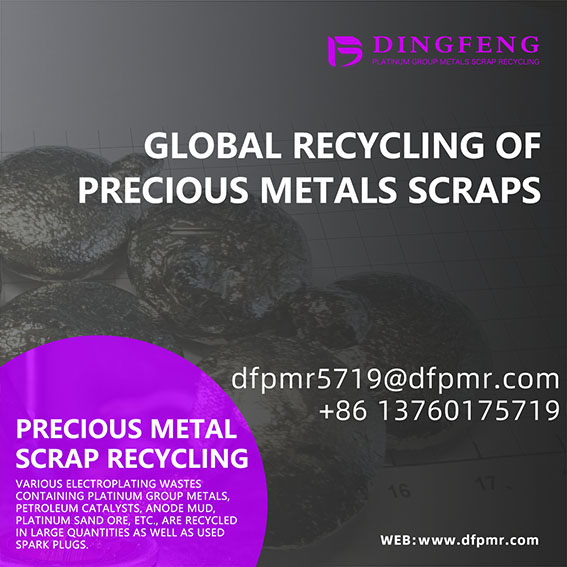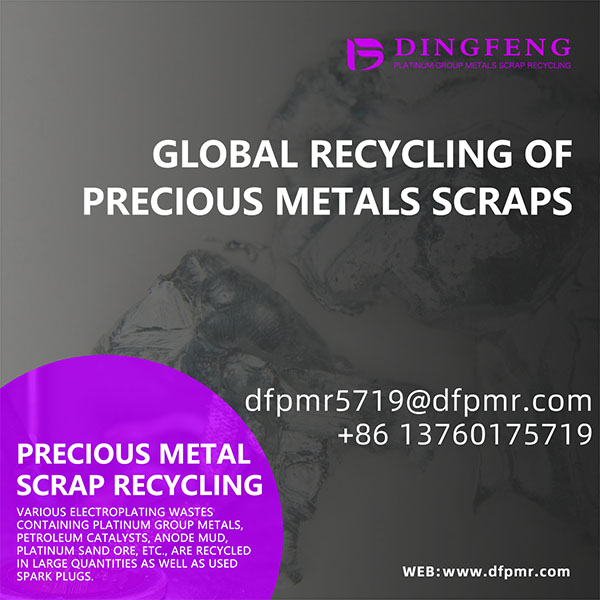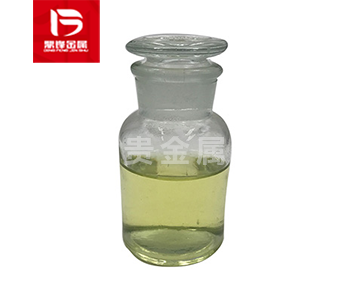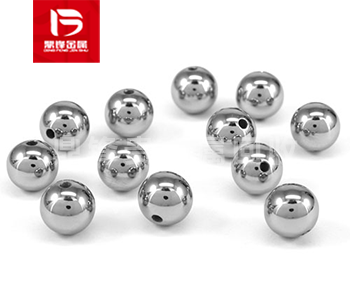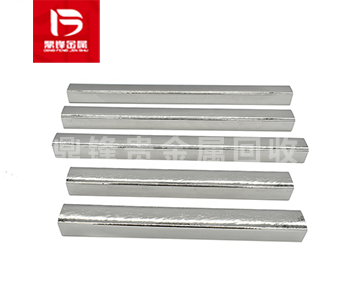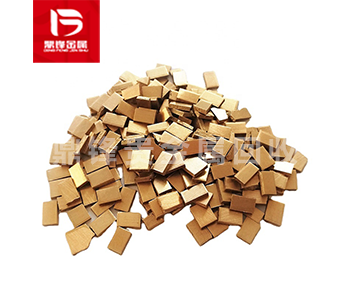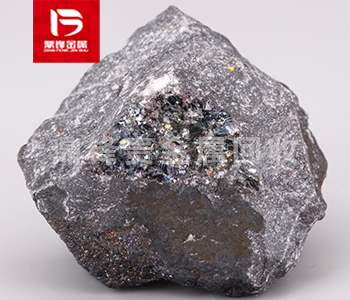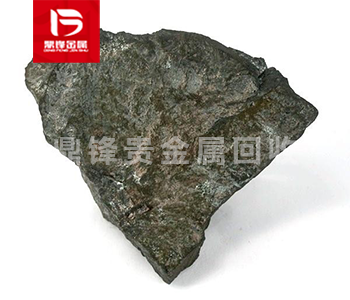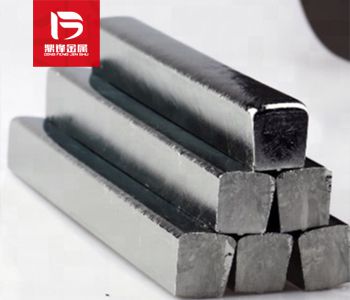The Common Processes of Recovery Germanium from Dingfeng Precious Metals Recovery Manufacturer
Recovering germanium from industrial materials, electronics, and optical fibers involves various specialized methods due to its role in semiconductors and infrared optics. Here’s an overview of the co
Recovering germanium from industrial materials, electronics, and optical fibers involves various specialized methods due to its role in semiconductors and infrared optics. Here’s an overview of the common germanium recovery processes:
1. Hydrometallurgical Methods
- Leaching: Germanium is often extracted from materials like coal ash and zinc ore residues using acidic or alkaline leaching solutions. The leachate may contain germanium in a soluble form, which is then processed further.
- Precipitation: After leaching, germanium can be precipitated using complexing agents, such as tannic acid or sulfur compounds. Germanium is then separated as a germanium hydroxide or other germanium-rich precipitate.
- Solvent Extraction: In some methods, germanium is recovered from leachates by using organic solvents that selectively dissolve germanium compounds. This can improve the separation of germanium from other metals.
2. Electrolytic Recovery
- Electrowinning: When germanium is in a solution after leaching, it can be deposited onto an electrode through electrolysis. This process yields germanium metal, which can then be refined further.
- Electrodialysis: In some cases, electrodialysis can help separate germanium ions in solution based on their charge and size, assisting in the selective recovery of germanium.
3. Thermal Reduction Techniques
- Distillation: Germanium tetrachloride (GeCl₄), a volatile germanium compound, can be produced from a purified solution and then distilled. This purified GeCl₄ is converted back to germanium oxide, which can be reduced to germanium metal.
- Carbothermic Reduction: For certain germanium oxides, high-temperature reduction using carbon can produce metallic germanium. This method is often used for germanium extracted from zinc processing residues.
4. Ion Exchange
- This method uses ion-exchange resins that selectively bind germanium ions in solution, separating them from other metals. It is particularly useful for processing low-concentration germanium solutions.
5. Refining and Purification
- Zone Refining: Germanium can be purified further through zone refining, which involves melting a small section of a germanium rod and moving the melt zone along the rod. Impurities are pushed to one end, leaving highly pure germanium.
- Chemical Vapor Deposition (CVD): In some processes, high-purity germanium is achieved by depositing germanium from gaseous precursors onto substrates, isolating it in pure form for high-grade applications.
Efficient germanium recovery helps reduce reliance on primary sources and makes electronic and optical applications more sustainable, particularly as demand grows for high-performance semiconductor materials.
Email us with pictures at dfpmr5719@dfpmr.com or send us on whatsapp at +8613760175719 to discuss your materials. We provide professional evaluations of industrial precious metal-bearing scrap and estimates of precious metal content, while advising the optimum reclaiming and recycling solution for better pay-out of your metal scrap.


